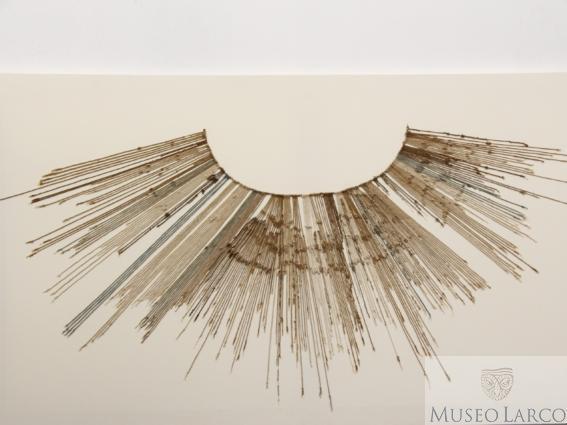Inca Re-"Cord"-ed Communication: The Quipu
Quipu or khipu were (and still are, as they are used today in some parts of South America) the writing or recording system of the Inca, and the closest they had to a written language. They are composed of a series of knotted cords which stored information in the type, color, number, and order of knots used. For the most part, they recorded data necessary to the running of the empire, such as census data, taxes, tributes, et cetera; numerical data was recorded using a decimal system of numbers with each place occupying a certain position on the string. The endmost strings served as a key to interpret what type or types of data were preserved on the strings, and therefore how the quipu should be read.
They also served as a memory aid to aid story- or message-telling for runners on the Qhapaq Ñan road system as well as professional quipu readers, known as khipu kamayuq, who used them along with an accompanying memorized oral record to keep official records and retell Inca legends, stories, and poetry. Although they have traditionally been considered as primarily an aid to memorization of oral messages, evidence suggests that they were on the verge of becoming a viable alternative to written language when the Spanish arrived.
Many quipu were destroyed both by the last Inca emperor, Atahualpa, who wished to rewrite certain historical records to support his reign, and the Spanish, who wanted to destroy any threats to their colonial empire. Thus, although quipu are still made and used in some places today, there are relatively few surviving Inca-era quipu. This example is held in the collection of the Museo Larco in Lima, Peru.

